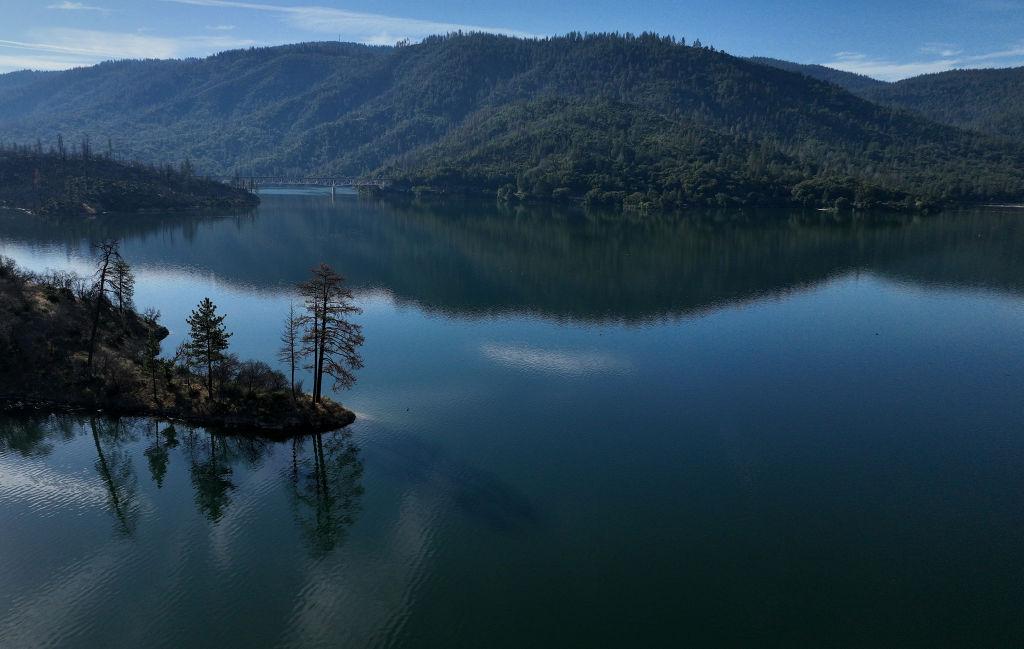California water officials and forecasters say the state is more prepared heading into winter after last year’s “miracle” year that delivered a deluge of water and snow to its drought-depleted reservoirs.
The Golden State started a new “water year” on Oct. 1 with major reservoirs filled above average—reaching 128 percent levels—according to California Water Watch, a division of the state’s Department of Water Resources.





